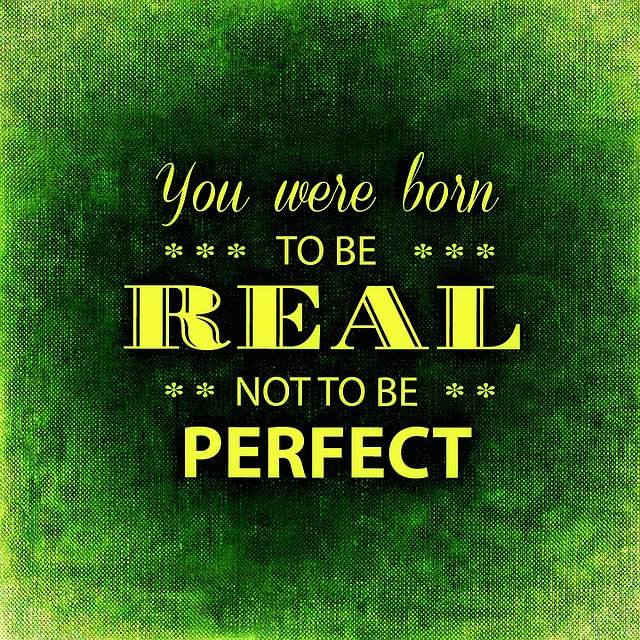A challenging medical diagnosis can turn your life upside down, make you question your self-image and increase feelings of isolation, particularly if it prevents you from actively engaging with your social or sporting network. Dr. Annie Brewster M.D., who experienced these challenges when she was diagnosed with multiple sclerosis in 2001, found that medical practitioners lacked understanding and compassion for her situation – they were ill-equipped to help her deal with the internal fallout that accompanies a chronic illness diagnosis. Annie is now Assistant Professor of Medicine at Harvard Medical School while actively engaged as a practicing physician in Boston at the Massachusetts General Hospital.
Annie, who had been quite athletic, found that her sense of identity was challenged by her diagnosis. She discovered that by storytelling – writing her own story addressing her identity confusion, accompanying anxiety and resultant trauma – she was able to move towards recovery reframing her identity, restoring her own power in the healing process and building resilience to handle uncertainty and fear. She recounts her story, and offers storytelling techniques with co-storyteller and journalist Rachel Zimmerman, in their book, The Healing Power of Storytelling: Using Personal Narrative to Navigate Illness, Trauma and Loss.
Healing through storytelling
Through her book, Annie helps chronic sufferers to process their challenging emotions, create their own healing story, reframe their identity narrative and reconnect with people close to them as well as the wider supportive community. She encourages us to utilise whatever medium we are comfortable with – whether art, music audio, video or writing – to share our healing journey and accompanying story. The techniques she and Rachel offer can help us in that process.
Inspired by her own positive experience of healing through storytelling, Annie created the Health Story Collaborative which acts as a platform for people to share their stories of health challenges and recovery. The Collaborative offers a medium for overcoming the isolation of chronic illness and is “patient-centered and research based”, drawing on the research providing evidence of the therapeutic power of storytelling. The Health Story Collaborative enables people to share their stories of illness and healing and offers multiple modes for doing so. There are videotaped Healing Stories Sessions (accessible to anyone), as well as Audio Stories (available for public consumption). You are encouraged to share your story of illness and recovery and the options also include music, art, poems, written stories or alternative media. Some of the more helpful stories are featured on the collaborative blog.
Storytelling about my own diagnosis of a chronic disability
I have recently started writing my memoir, inspired by Jeff Brown’s online course, Writing Your Way Home. One of my motivations has been the opportunity provided by storytelling to work through my personal experience of trauma. Almost simultaneously, I have received a diagnosis of spinal degeneration resulting from “wear and tear” over my 76+ years. A contributing factor was a serious car accident when I was 12 years old, with the undiagnosed injury aggravated by playing competitive and social tennis over 65 years.
I am now confronted by the challenge of rehabilitation and the loss of my capacity to play tennis, cutting me off from the game I love and my social tennis network (one of my few social activities). I can relate especially to what Annie calls the need to “integrate a traumatic health event into a new and evolving identity”. I have to reframe my identity from my self-image of a fit, competent tennis player, which has been an integral part of my life to date.
Reflection
Ash Barty has provided me with inspiration and encouragement through her own life story. She has also made me realise again why I loved the game of tennis. I’ve been reading Ash’s memoir, My Dream Time – A Memoir of Tennis and Teamwork, which could alternatively be called Developing Resilience through Adversity (as she documents her multiple injuries, mental health challenges and recovery strategies). Ash, the smiling assassin, who achieved World Number 1 WTA singles ranking for 114 weeks, shares openly her battle with negative self-messages, including the inexplicable negative self-talk about “not being good enough”.
I can relate deeply to what Ash describes as the pleasure she developed in playing tennis – enjoying the game for its own sake and finding “love in the marriage of movement and timing and speed and strength and guile and nerve” (the willingness “to go for your shots”). I found sheer enjoyment in my competence at tennis and my ability, even in my seventies, to surprise my opponents with unpredictable shots (such as a backhand half volley drop shot, a shot down the line or a half volley backhand lob). I would often mentally record the competent shots that I played and still to this day can replay some of them mentally as if on videotape. I undertook this process of recall and replay of my best tennis shots to build my sense of self-efficacy in playing tennis.
It is interesting that Ash talks about her slice backhand as her competitive advantage. In her words, the slice backhand produces “ an unpredictable low bounce” and is created by hitting the ball “with enough angle and speed to generate a fade”. Ash, through her slice, changed women’s tennis game at the elite level. In the mid 1970’s, I used to employ a slice backhand as my main attacking shot when playing competitive tennis … and I would follow it in to the net to complete an attacking volley as my opponent would have to hit the ball up to clear the net. However, over time while playing social tennis, after my competitive tennis days were over, I stopped using my slice backhand – for unknown reasons at the time. On reflection, I discovered that what had got in the way of my using this particular shot was a form of cognitive blind spot – I had unconsciously begun to view it as “not a real shot”. Ash’s resurrection of the slice in women’s tennis made me realise that I had unwittingly discontinued a shot that gave me a competitive advantage.
Ash at one stage in her book talks about “acceptance” – everyone is imperfect and “we’re all unique, all fallible and all with our own foibles”. It is the nature of being human that we are prone to making mistakes and subject to life-changing mental and physical challenges. We need to acknowledge the fragility of the human condition, accept what we can’t control, and act on what we can change for the better. Mindfulness can help us to develop resilience in personally challenging times.
As I grow in mindfulness through reflection, meditation, writing and storytelling, I hope to develop a new narrative about my evolving identity, grow in self-awareness, and strengthen my courage to undertake the necessary, ongoing rehabilitation. Life’s challenges can “make or break us” – mindfulness can help us to remain grounded, develop resilience and explore creative options.
________________________________
By Ron Passfield – Copyright (Creative Commons license, Attribution–Non Commercial–No Derivatives)
Disclosure: If you purchase a product through this site, I may earn a commission which will help to pay for the site, the associated Meetup group, and the resources to support the blog.








